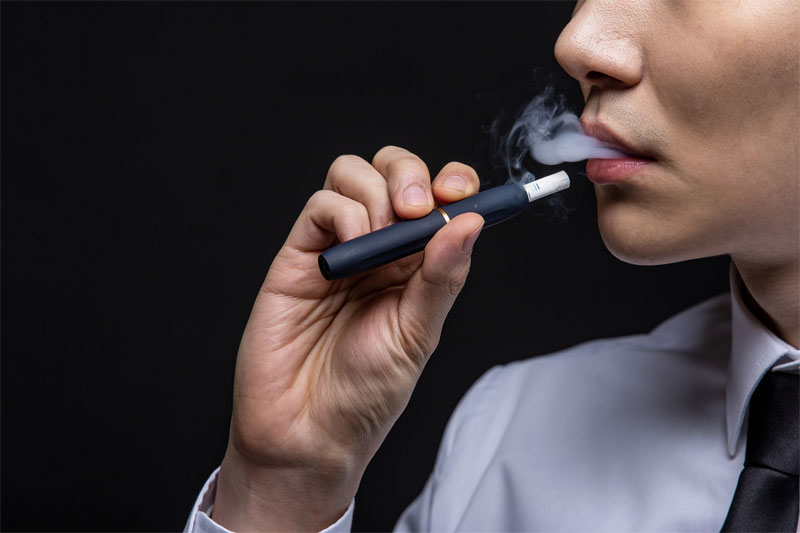
E-cigarettes have become a popular alternative to traditional smoking, with many users appreciating their diverse flavors and customizable experiences. A key component in these devices is propylene glycol, an ingredient that plays a crucial role in the functioning and appeal of e-cigarettes. Propylene glycol is a synthetic liquid substance that absorbs water and is commonly used in food, pharmaceutical, and cosmetic products. However, its application in e-cigarettes warrants a closer look to understand how it influences this alternative smoking method.
Understanding Propylene Glycol

Propylene glycol is recognized for its ability to carry flavors and provide the vapor that e-cigarette users inhale. This compound is generally considered safe by regulatory bodies when used in food and medications. In e-cigarettes, propylene glycol acts as a carrier for nicotine and flavor additives, enabling its transition into a vapor when heated by the device’s atomizer. Its effectiveness in vapor production is one reason why it has become a key ingredient in e-liquid formulations.
The Functionality in E-Cigarettes
The presence of propylene glycol in e-cigarettes is primarily for vapor formation. When e-cigarettes are activated, the atomizer heats the e-liquid blend, which comprises nicotine, flavors, and propylene glycol, among other components. Propylene glycol’s lower viscosity compared to vegetable glycerin allows for a smoother vapor, which enhances the overall vaping experience. Users often describe the vapor as having a stronger throat hit, akin to that of traditional cigarettes, without the combustion risks associated with tobacco smoke.

Safety Considerations
Although propylene glycol is used extensively in consumer products, safety when inhaled as an aerosol is still subject to ongoing research. Short-term effects are typically mild and may include throat irritation or dryness. However, users who experience persistent discomfort should consult healthcare professionals and consider adjusting their e-liquid compositions.
Comparisons with Vegetable Glycerin
Propylene glycol is frequently discussed alongside vegetable glycerin (VG), another common e-liquid base. While both substances serve similar purposes, they differ in viscosity and vapor production qualities. VG is known for producing denser vapor, which some users prefer for cloud chasing. Choosing between PG and VG usually depends on personal preference, vaping style, and the desired balance between flavor intensity and vapor output.
Propylene Glycol’s Role in Flavor Profile
One of propylene glycol’s notable characteristics is its ability to enhance and carry flavor. Due to its chemical properties, it efficiently blends with and delivers e-liquid flavors, making it popular among those who prioritize taste in their vaping experience. This characteristic allows e-cigarette users to enjoy a wide array of flavors, from sweet desserts to fresh fruits and complex tobacco blends.
Frequently Asked Questions
- What is the primary function of propylene glycol in e-cigarettes? Propylene glycol serves as a vaporizer base, carrying flavors and nicotine while assisting in vapor formation.
- Can propylene glycol cause allergies? Some users may experience mild allergic reactions or sensitivity, such as throat irritation, but more severe reactions are rare.
- How does propylene glycol affect flavor delivery? Its chemical structure allows for efficient flavor blending and delivery, enhancing the taste experience for users.
